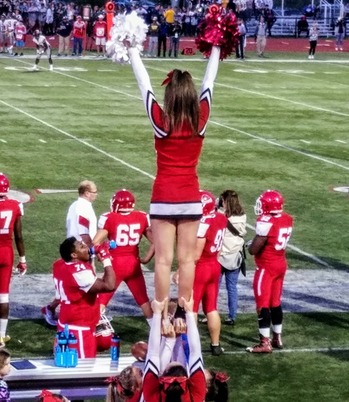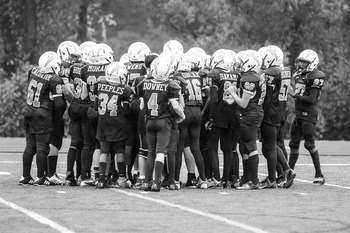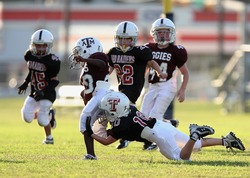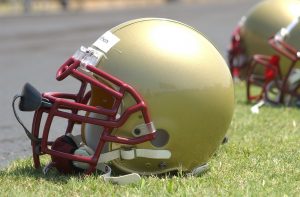 The First District Appellate Court of Illinois held in Nakamura v. BRG Sports, LLC that a former NFL player’s personal injury suit against his helmet manufacturer stemming from a severe concussion the player suffered was allowed to proceed as there was an issue of fact as to when the player discovered his injury. The trial court initially dismissed the player’s action as being time barred by Illinois’ two-year statute of limitations for personal injury actions.
The First District Appellate Court of Illinois held in Nakamura v. BRG Sports, LLC that a former NFL player’s personal injury suit against his helmet manufacturer stemming from a severe concussion the player suffered was allowed to proceed as there was an issue of fact as to when the player discovered his injury. The trial court initially dismissed the player’s action as being time barred by Illinois’ two-year statute of limitations for personal injury actions.
In August of 2013, Haruki Nakamura was taken to the hospital after suffering a severe concussion during a preseason football game while playing for the Carolina Panthers. Nakamura’s condition worsened following the concussion as he continued to suffer from extreme headaches, impaired cognition, and depression. Nakamura was eventually released by the Panthers and he was forced to retire from football. After his retirement, Nakamura filed a disability insurance claim in November of 2013 claiming that he was suffering from several post-concussive symptoms and that he was permanently disabled. During the course of litigation involving his disability claim, Nakamura was diagnosed as having chronic post-concussion syndrome. Nakamura then commenced a separate personal injury action in October of 2017 against the helmet manufacturer, Riddell, for negligence and strict product liability alleging that the helmet he was wearing at the time of the concussion was defective and failed to protect him from the head trauma that resulted in latent neurodegenerative disorder.
Under Illinois’ discovery rule, the statutory limitations period starts to run when a person knows or reasonably should know of his injury and also knows or reasonably should know that it was wrongfully caused. The trial court dismissed the personal injury action finding that Nakamura’s claims were barred by the statute of limitations because Nakamura knew of his injury at least two years prior to commencing suit. As evidence of Nakamura’s knowledge of his injury, Riddell directed the trial court to the disability claim litigation commenced in November of 2013 wherein Nakamura alleged he suffered a concussion and was permanently disabled in 2013.
 Illinois Personal Injury Lawyer Blog
Illinois Personal Injury Lawyer Blog


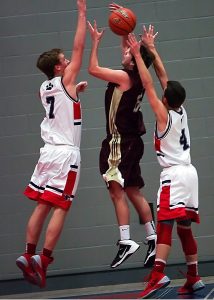 As March comes to a close, the NCAA Men’s and Women’s Basketball tournament is in full swing. Brackets are about to be busted, and Cinderella stories are about to be written. College basketball is one of America’s most popular sports, and basketball is the country’s most popular youth sport, played by one million children —450,000 girls and 550,000 boys — each academic year.
As March comes to a close, the NCAA Men’s and Women’s Basketball tournament is in full swing. Brackets are about to be busted, and Cinderella stories are about to be written. College basketball is one of America’s most popular sports, and basketball is the country’s most popular youth sport, played by one million children —450,000 girls and 550,000 boys — each academic year.